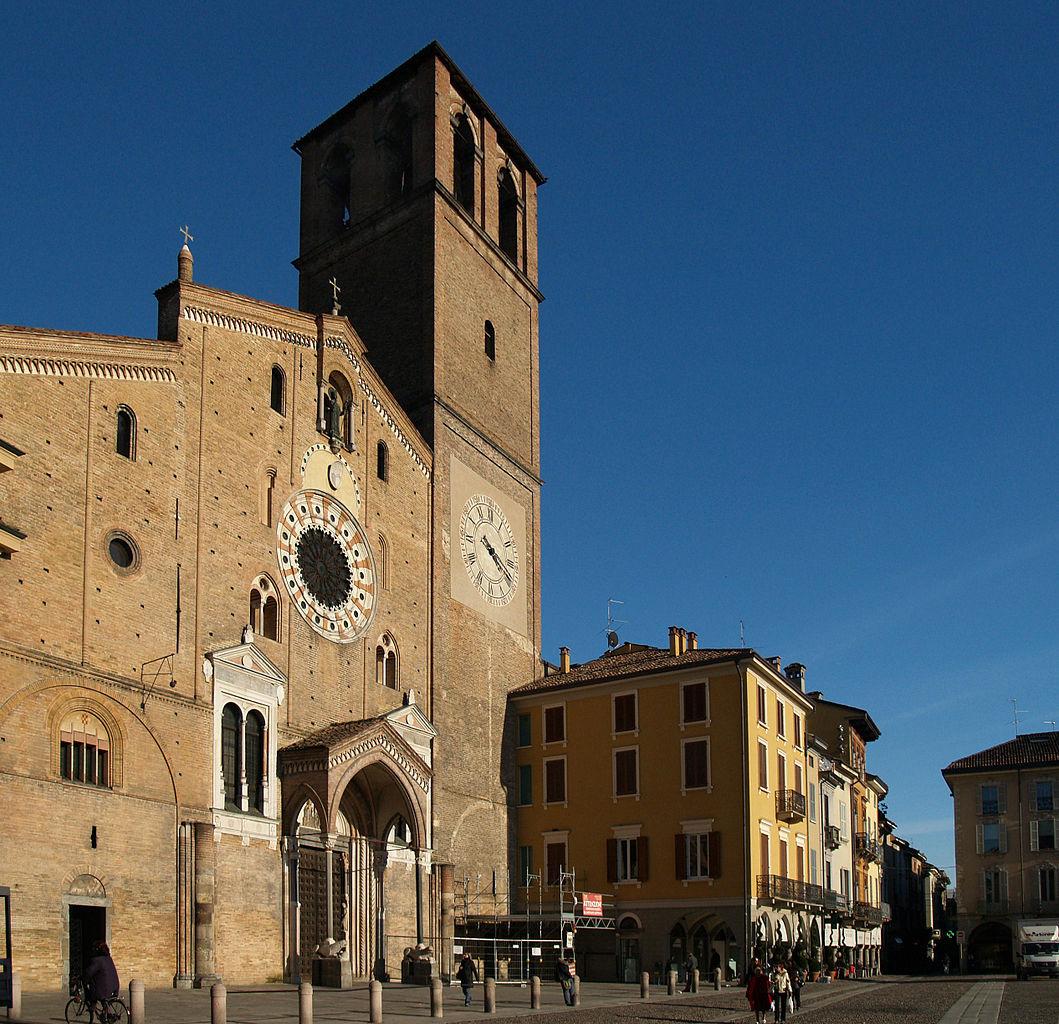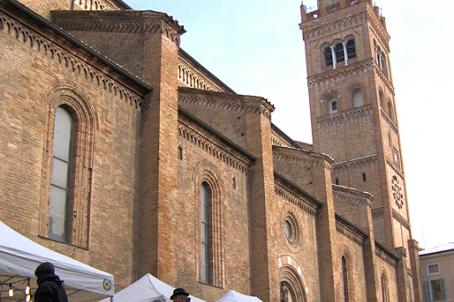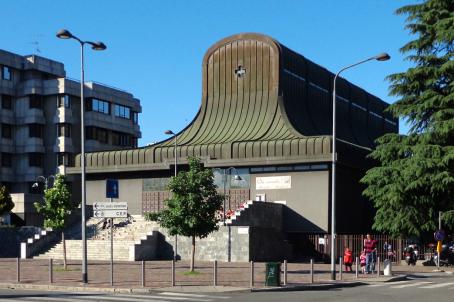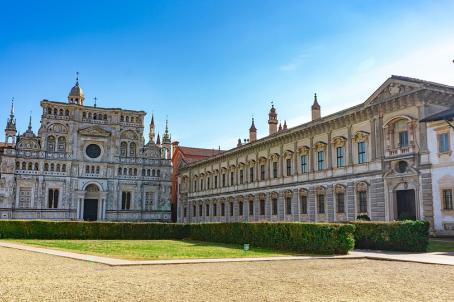Lodi Cathedral

The Cathedral of Lodi is one of the largest Romanesque churches in Lombardy and the oldest monument in Lodi: the foundation stone of the building was symbolically laid on 3 August 1158, the day the city was founded. The first phase of its construction dates back to the period between 1158 and 1163; the crypt was solemnly inaugurated with the translation of the relics of Saint Bassianus in 1163, in the presence of Emperor Frederick Barbarossa. A second phase took place between 1170 and 1180, but the façade was not completed until 1284. Subsequent 18th-century restorations carried out by the architect Francesco Croce changed the original appearance of the building, which was however restored in 1958-1965.





